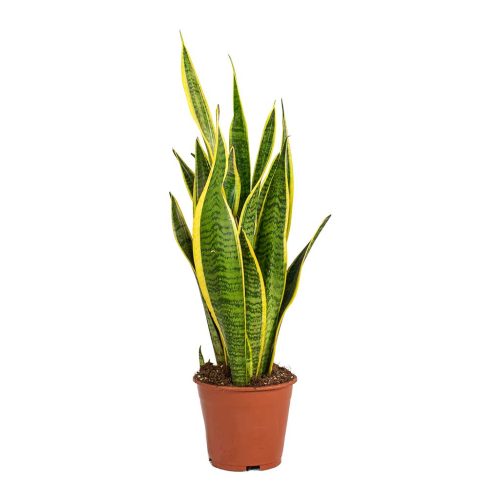

Sansevieria – zeylanica – Snake Plant
2,950.00 LKR
Product Detail
- Common – Name Snake plant
- Botanical Name – Sansevieria-zeylanica
- Height – 45cm – 60cm (This plant size is between mention size)
- Note – Plant may not look like on the picture but will make sure you will have good quality plant. ( You can request for your ordered plant pitcher before deliver)
- What Include – Plant ( 8- 12 Leaf) & Soil with Plastic pot
- Delivery – Plant only Deliver on within Colombo & Suburb (we don’t deliver the plant by courier, we will deliver i n person with our delivery team)
- Family – Asparagaceae
- Plant Type – Evergreen, perennial
- Mature Size – Six inches to 3 feet tall
- Sun Exposure – Shade to partial sun
- Soil Type – Sandy, well-drained
- Soil pH – Slightly acidic to slightly alkaline
- Bloom Time – Spring (blooms are rare)
- Flower Color – White
- Native Area – West Africa (tropical)
Sansevieria-zeylanica – Snake Plant
Sansevieria-zeylanica, commonly known as the snake plant, is one of the most popular and hardy species of houseplants. it was botanically classified as Sansevieria-zeylanica, but its commonalities with Dracaena species were too many to overlook. The plant features stiff, sword-like leaves and can range anywhere from six inches to 36”. Snake plants can vary in color although many have green-banded leaves and commonly feature Green color. These plants are easy to grow and, in many cases, are nearly indestructible. They will thrive in very bright light or almost dark corners of the house. Snake plants generally grow slowly in indoor light, but increasing its exposure to light will boost growth if it receives a few hours of direct sun. Planting and repotting is best done in the spring.
Plant Care
plant is an ideal choice for beginner gardeners because it is difficult to kill. It’s great in a container and grows well on the floor or on tabletop displays. Snake plant thrives in warm weather and struggles in cold conditions. This plant is drought-resistant but is susceptible to overwatering which lead to root rot.2 Only water the plants if the soil feels dry. These plants can go two months between waterings in the winter months. In warmer months, water no more than every two weeks.
Light
Snake plants prefer indirect but steady light with some direct sun. They can adapt to full sun conditions and will also survive dimly lit situations.
Soil
Snake plants prefer a loose, well-drained potting mix. This plant will do well in sandier soils. Use a potting media low in peat content. Peat works well in many situations, but it can become tightly packed and sometimes has problems rehydrating or draining. An all-purpose cactus potting soil is a good choice.
Water
Let the soil dry between waterings. During the winter, reduce watering to monthly, or whenever the soil is dry to the touch. Err on the side of under-watering; too much water can harm the plant.
Temperature and Humidity
Snake plant prefer warm conditions and will suffer if exposed to temperatures below 50 degrees Fahrenheit. Set the plant in a place where it will be protected from drafts. A temperature range between 70 and 90 degrees Fahrenheit is best. Frost will kill this plant.
Fertilizer
Feed with a mild cactus fertilizer during the growing season or a balanced liquid slow-release 10-10-10 fertilizer or a 20-20-20 fertilizer diluted to half strength. Do not fertilize in the winter.


MAECENAS IACULIS
Vestibulum curae torquent diam diam commodo parturient penatibus nunc dui adipiscing convallis bulum parturient suspendisse parturient a.Parturient in parturient scelerisque nibh lectus quam a natoque adipiscing a vestibulum hendrerit et pharetra fames nunc natoque dui.
ADIPISCING CONVALLIS BULUM
- Vestibulum penatibus nunc dui adipiscing convallis bulum parturient suspendisse.
- Abitur parturient praesent lectus quam a natoque adipiscing a vestibulum hendre.
- Diam parturient dictumst parturient scelerisque nibh lectus.
Scelerisque adipiscing bibendum sem vestibulum et in a a a purus lectus faucibus lobortis tincidunt purus lectus nisl class eros.Condimentum a et ullamcorper dictumst mus et tristique elementum nam inceptos hac parturient scelerisque vestibulum amet elit ut volutpat.
Related products
2 Piece Black Rectangle Plant Stand
2 Piece Pyramid Copper Colour Round Plant Stand
Chrysalidocarpus lutescens – Areca Palm
- Common Names - Areca palm, bamboo palm, golden cane palm, yellow palmBotanical Name . Dypsis lutescens (formerly Chrysalidocarpus lutescens)
- Height – 30cm – 60cm (This plant size is between mention size)
- Note – Plant may not look like on the picture but will make sure you will have good quality plant. ( You can request for your ordered plant pitcher before deliver)
- What Include – Plant & Soil with Plastic pot
- Delivery – Plant only Deliver on within Colombo & Suburb (we don’t deliver the plant by courier, we will deliver i n person with our delivery team
- Family - Arecaceae
- Plant Type - Palm or cycad
- Mature Size - 12-30 feet tall outdoors with a crown spread of 10-20 feet; 8 feet tall indoors
- Sun Exposure - Full to partial sun
- Soil Type - Moist, well-draine
- Soil pH - Acidic, neutral
- Bloom Time - Summer
- Flower Color - Pale yellow
- Native Area - Madagascar
Ficus Alii Plant – Ficus Maclellandii
- Common Name - Ficus Alii
- Height: 24'' - 36 (This plant size is between mention size)
- Note : Plant may not look like on the picture but will make sure you will have good quality plant. ( You can request for your ordered plant pitcher before deliver)
- What Include : Plant & Soil with Plastic pot
- Delivery : Plant only Deliver on within Colombo & Suburb (we don't deliver the plant by courier, we will deliver i n person with our delivery team)
- Origin: Hybrid
- Light: Give Ficus binnendiijkii bright light year-round. It's not as fussy about being moved around as other ficus house plants, but it may drop leaves if suddenly moved into a shady corner or full sun.
- Water: Water soil thoroughly, then allow top 1 in (2.5 cm) to dry out between watering. Use lukewarm water because cold water may cause leaf loss. Avoid using softened water -- it contains salts which can harm ficus plants.
- Humidity: Average room humidity (around 40-50% relative humidity). Take a look at these easy ways to increase humidity for your houseplants.
- Temperature: Average room temperatures 65-75°F/18-24°C.
- Soil: Good-quality potting mix.
- Fertilizer: Feed every other month spring through fall with a balanced liquid fertilizer diluted by half.
Golden Pothos Plant
- Common Name - Pothos, golden pothos
- Botanical Name - Epipremnum aureum
- Height - 24cm – 34cm (This plant size is between mention size)
- Note - Plant may not look like on the picture but will make sure you will have good quality plant. ( You can request for your ordered plant pitcher before deliver)
- What Include - Plant & Soil with Plastic pot
- Delivery - Plant only Deliver on within Colombo & Suburb (we don’t deliver the plant by courier, we will deliver i n person with our delivery team)
- Family - Araceae
- Plant Type - Vine
- Sun Exposure - Full sun, partial shade
- Soil Type - Moist but well-drained
- Native - South Pacific
Lady Palm (Rhapis Excelsa) indoor & outdoor plant
- Botanical Name - Rhapis excelsa
- Common Names - Lady palm, bamboo palm, miniature fan palm
- Height – 70cm – 90cm (This plant size is between mention size)
- Note – Plant may not look like on the picture but will make sure you will have good quality plant. ( You can request for your ordered plant pitcher before deliver)
- What Include – Plant & Soil with Plastic pot
- Delivery – Plant only Deliver on within Colombo & Suburb (we don’t deliver the plant by courier, we will deliver i n person with our delivery team
- Plant Type - Shrub
- Mature Size - 6–15 ft. tall and wide (outdoors), up to 6 ft. tall, 4 ft. wide (indoors)
- Sun Exposure - Partial, shade
- Soil Type - Loamy, well-drained
- Soil pH - Acidic, neutral
- Bloom Time - Spring
- Flower Color - Yellow
- Native Area - China
Spathiphyllum – Bellini – Peace Lily plant
- Common Name - Peace lily, spath lily
- Botanical Name - Spathiphyllum spp.
- Family - Araceae
- Height – 24cm – 36cm (This plant size is between mention size)
- Note – Plant may not look like on the pitcher but will make sure you will have good quality plant. ( You can request for your ordered plant pitcher before deliver)
- What Include – Plant (Medium Bush with Flower or Flowerless) & Soil with Plastic pot
- Delivery – Plant only Deliver on within Colombo & Suburb (we don’t deliver the plant by courier, we will deliver i n person with our delivery team)
- Plant Type - Flowering tropical plant
- Mature Size - 1–3 ft. tall; up to 6 feet tall outdoors
- Sun Exposure - Partial shade
- Soil Type - Moist but well-drained
- Soil PH - Acidic
- Bloom Time - Spring
- Flower Color - White or yellow
- Native Area - Central America, Asia
Zamioculcas zamiifolia Zenzi – Zenzi ZZ Plant
- Common Name: ZZ Plant
- Latin Name: Zamioculcas zamiifolia Zenzi
- Height – 15cm – 24cm (This plant size is between mention size)
- Note – Plant may not look like on the pitcher but will make sure you will have good quality plant. ( You can request for your ordered plant pitcher before deliver)
- What Include – Plant ( 4- 6 Stems) & Soil with Plastic pot
- Delivery – Plant only Deliver on within Colombo & Suburb (we don’t deliver the plant by courier, we will deliver i n person with our delivery team)
- Plant Advice: Except for complete darkness and full sun,Zenzi will
- Characteristics: The ZZ , more commonly known as the Zenzi ZZ Plant, is a indoor plant that beginners will be able to take care of with no trouble at all. The dark green leaves have a strong tinge of black to them, which usually means that a plant will be harder to care for. The upright foliage will show up very well when potted, with its distinct colour standing out from the rest due to its stark palette.
- appreciate almost any light conditions - its not a fussy plant. You should let the plant dry out between waterings, perhaps only carrying the process out once or twice a month - again, it won't mind if you forget to do so.


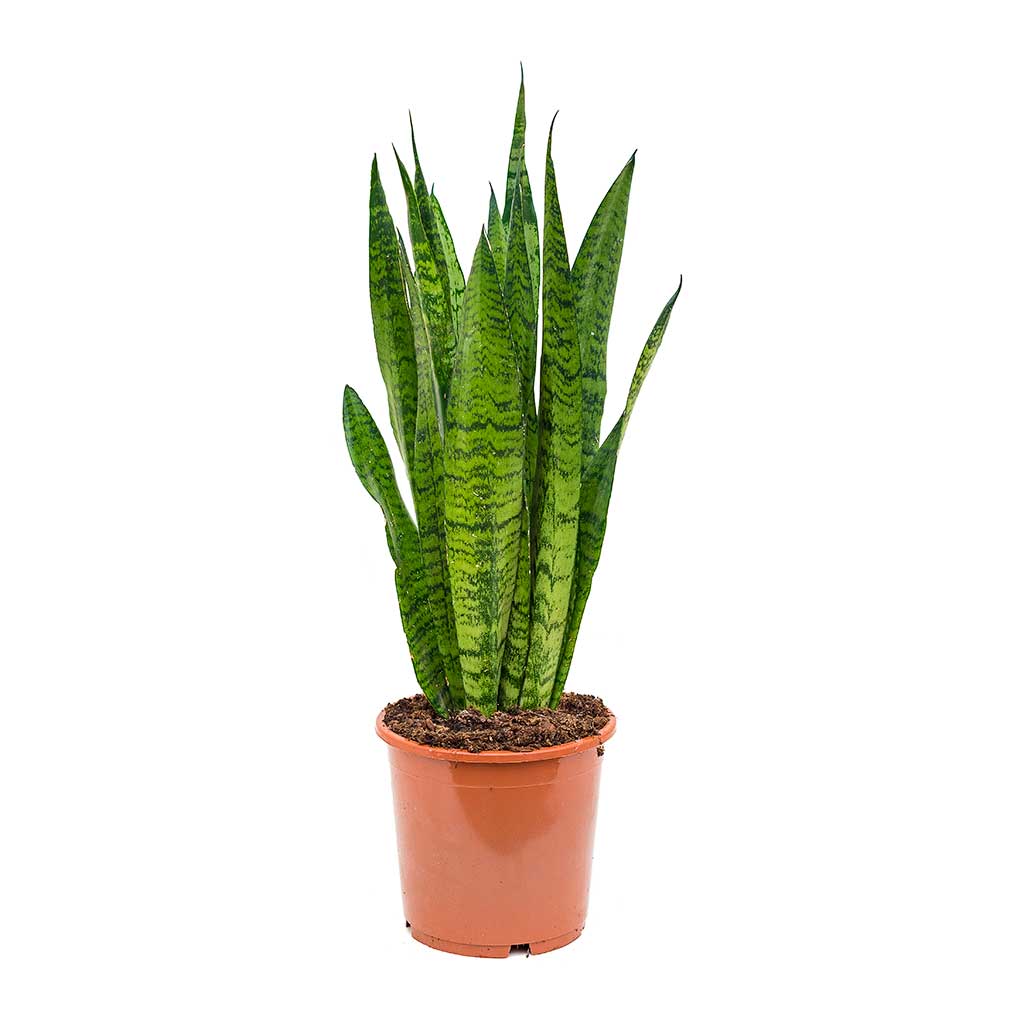




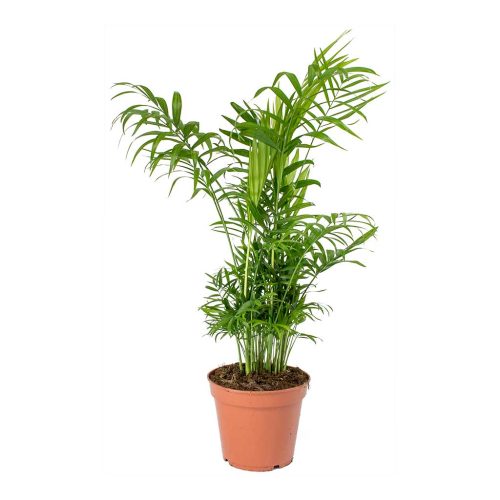
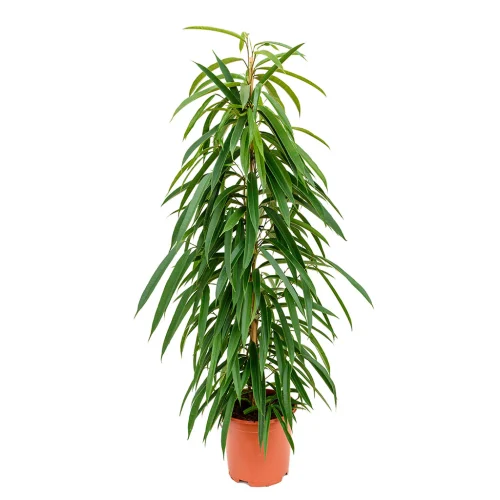
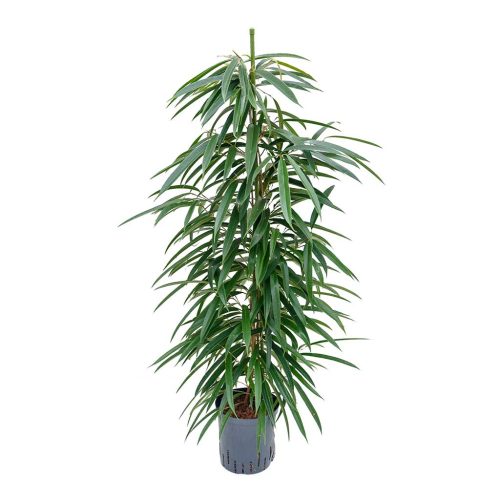

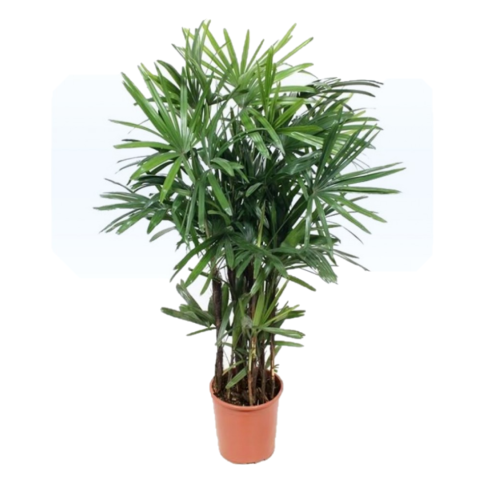
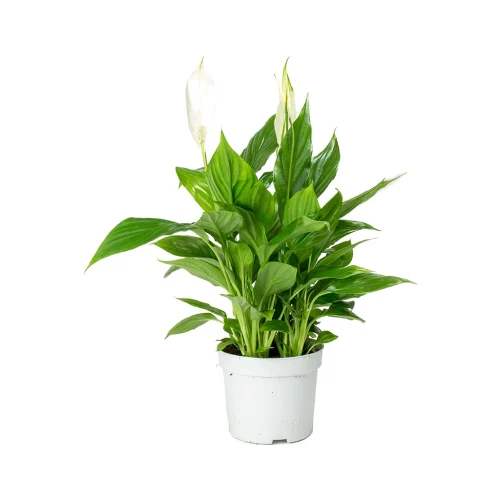
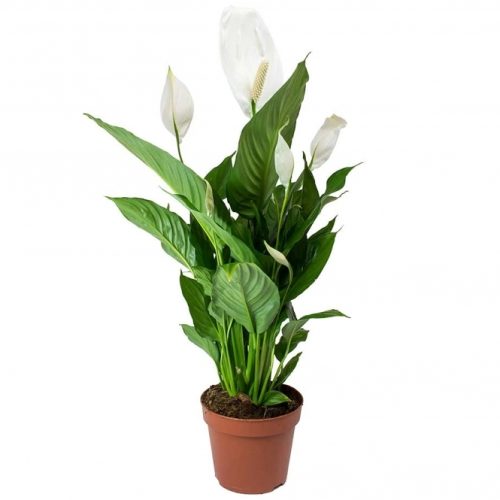
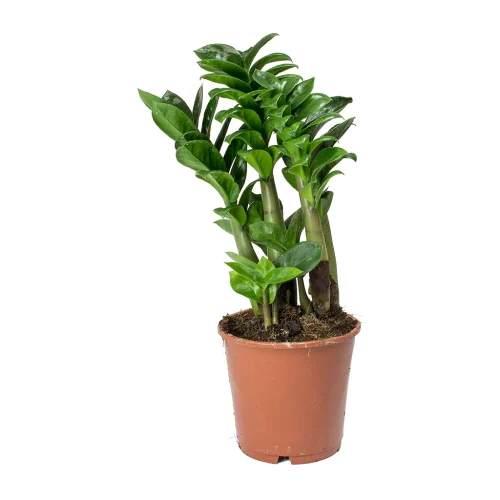
Reviews
There are no reviews yet.